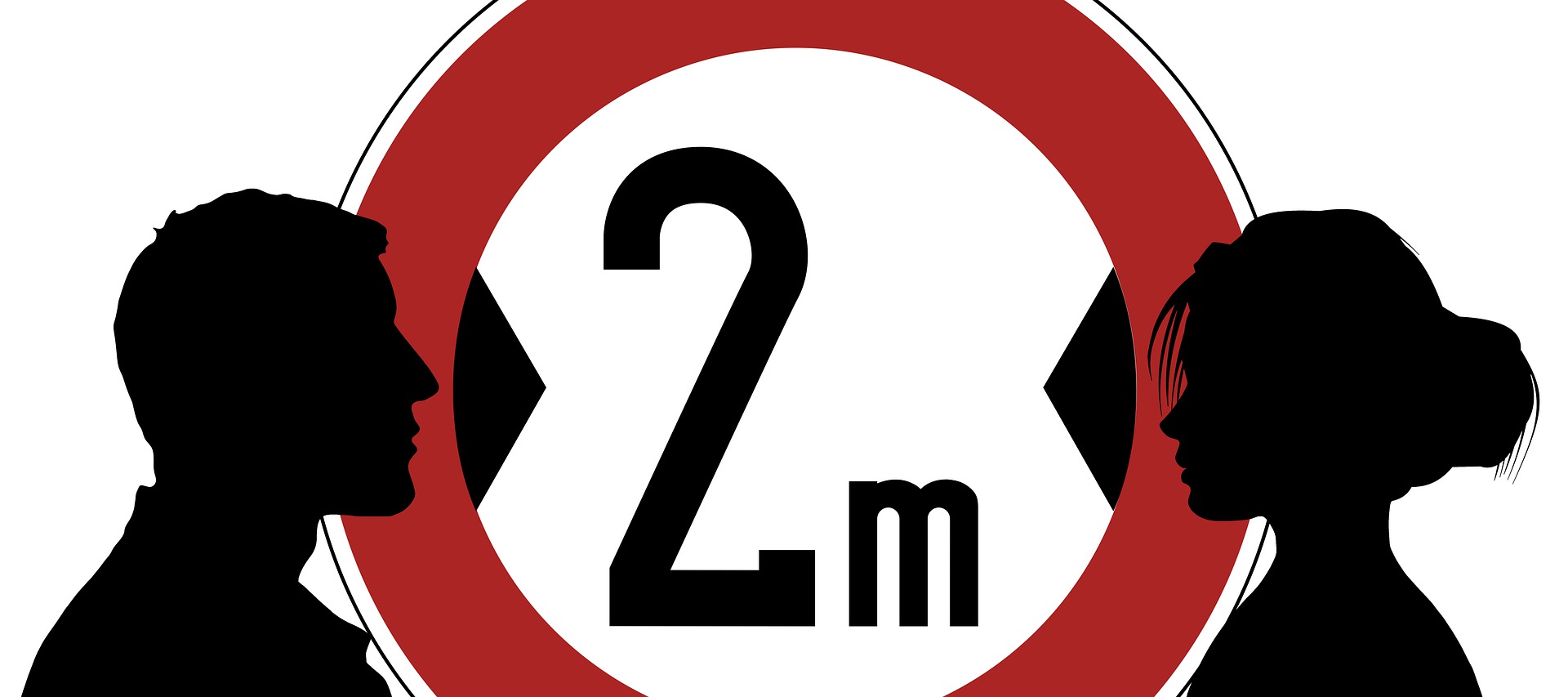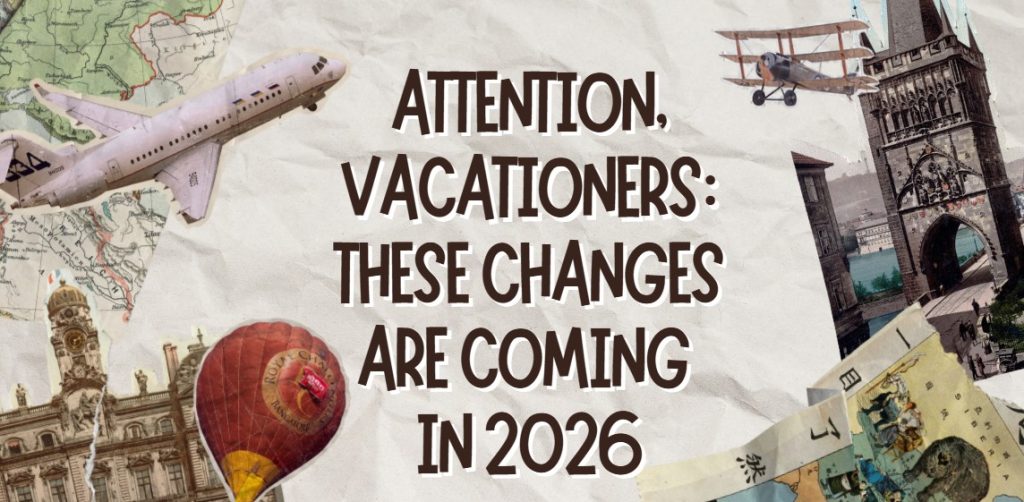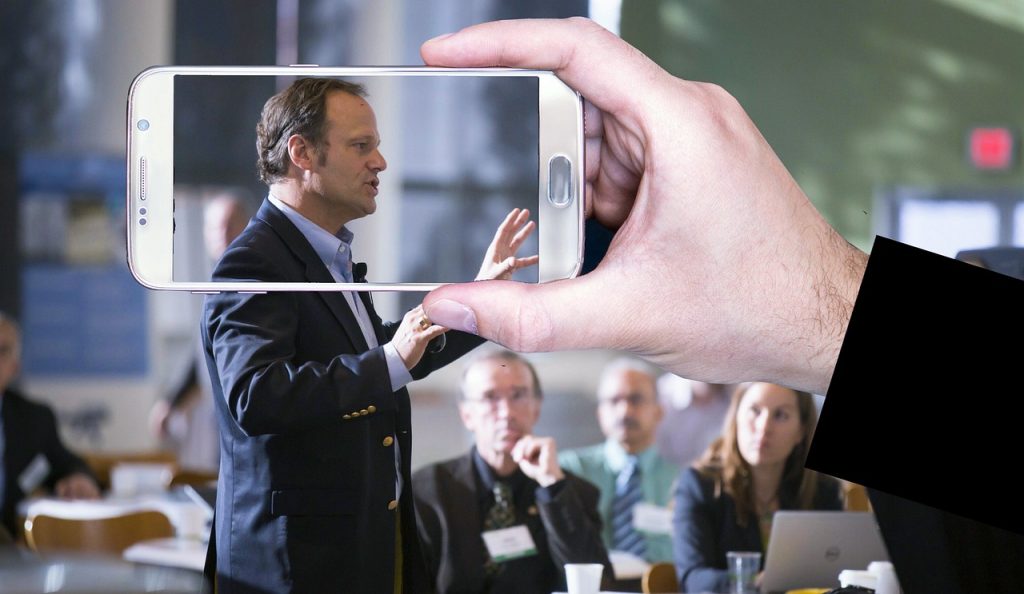Washing hands and keeping your distance were the first recommended measures in the fight against the coronavirus. Later, when it became available, the mask was added. But now a new study on the distance rules raises doubts about the effectiveness of the requirement.
You know the drill by now: Mandatory mouth protection, minimum distance, hand washing and every now and then contact restrictions and closed stores and pubs or even curfews. At least with regard to hand washing and keeping a distance, the experts agreed from the outset that these are suitable means of preventing the coronavirus from spreading undisturbed. With all the other measures, guidelines and prohibitions that were taken, there was no certainty for a long time, and it is probably still not so certain.
Let’s stick to keeping our distance. This is something like a basic reflex of every living being to keep as wide a distance as possible from a potential source of danger. Compared to many other things that were to follow, this has worked quite well for most of us.
A study by the Massachusetts Institute of Technology (MIT) has now cast doubt on the minimum distance. According to the study, the distance of two meters indoors does not play such a decisive role in preventing the virus. Other factors are much more important.
According to mathematics professors Martin Z. Bazant and John W. M. Bush, keeping a distance of 2 or 20 meters makes no real difference indoors. Because: If the coronavirus circulates in a room, distances are apparently quite indifferent to it in the transmission via aerosols.
More important, according to the study published in the Proceedings of the National Academy of Science of the United States of America (PNAS), are the time spent in a room, air filtration or circulation, immunization, mutations and whether masks are worn. According to the study, the type of activity – whether one is moving, eating, talking, singing or shouting – also plays a role. “We argue that in the context of airborne transmission in a well-mixed room, the benefits of the 6-foot rule (about 1.8 meters) are limited,” U.S. news outlet Fox News quotes Bazant as saying. “Because everyone in the room breathes the same air, they share the same risk. So social distancing can give a false sense of security.”
Occupancy restrictions for enclosed spaces unnecessary?
“Our analysis shows that many rooms can be safe when fully occupied, while others carry significant risk,” Bazant added. As a result, according to the researchers, depending on ventilation and time spent in the room, among other factors, it may not be necessary to set occupancy restrictions for every enclosed space.
Dr. Georg-Christian Zinn, director of the Bioscientia Hygiene Center, classified the study’s findings said: “You have to say it’s multifactorial, meaning distance plays a role, the amount of people in the room plays a role, the sizes of the rooms play a role, and whether I protect myself additionally, namely wearing a mask,” Zinn explains. In that respect, he says, the results are not surprising. “But additional distance from people who don’t wear masks is extremely important. To that extent, I would strongly recommend that we stick with our 1.5 meters. Interestingly, it’s a soft science, there are countries that say 1.8 meters or 2 meters, but distance does matter to prevent infections.”
If the distance can’t be maintained because you’re working closely together, for example in surgical operations or patient contact, “you wear FFP2 masks because you have very, very small distances. That’s where the mask plays the main protective factor. But when masks are not worn, what matters is how far apart you were. Under 1.5 meters without protection is rather critical,” Zinn continues.
Hall and well-ventilated room is better
According to the U.S. researchers, the risk of infection varies by room. Which are more dangerous – and which are not? Anything that is large is good, Zinn said. So halls and well-ventilated areas where there are few people. “The assumption is that you have to inhale an infectious dose of about 3,000 viruses to become actively infected. And that’s where the size of the room, the ventilation of the room and the amount of people play a big role. Large and well-ventilated room is better.”
If a mask can’t be worn, the math professors’ findings also suggest spacing out to keep the risk of respiratory transmission low. “That’s actually a recommendation we’ve made before Christmas as well,” Zinn explains. “If you’re meeting with family members who haven’t been vaccinated yet: Spacing. Even with coffee, even with food. That actually does something. In addition, regular airing, for example, if you can’t wear masks when you eat or drink.”
If you spend time outside, the distance is also extremely important, according to the researchers: even one meter can reduce the risk of infection to a minimum.
- with reports from ntv.de/picture: pixabay.com
This post has already been read 1518 times!



